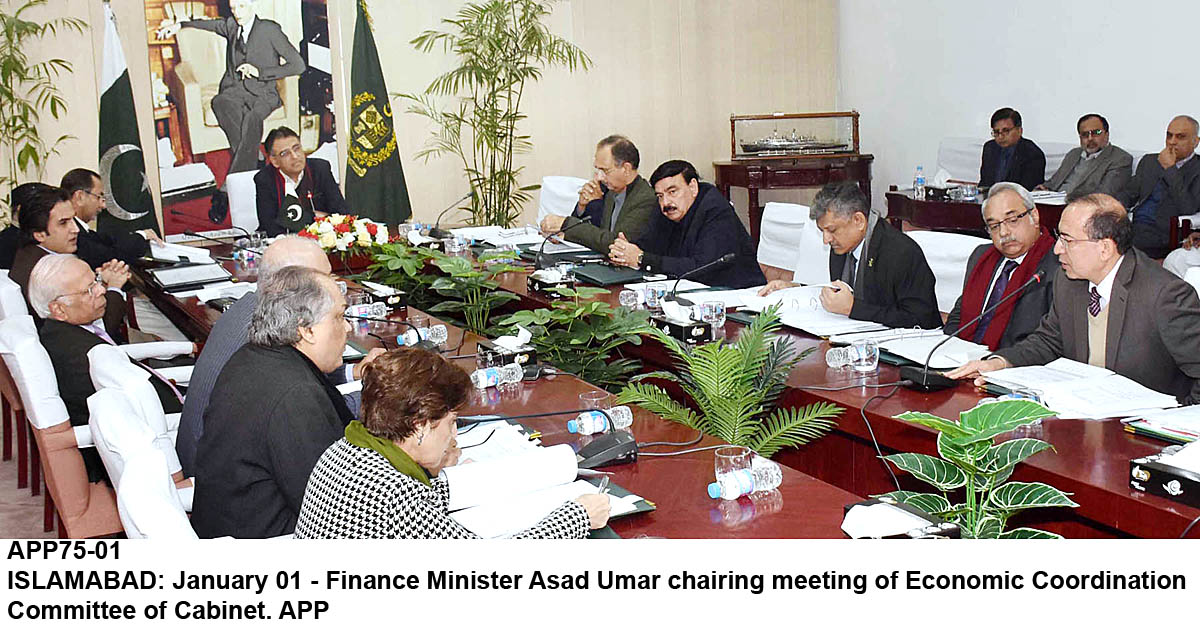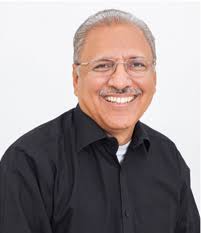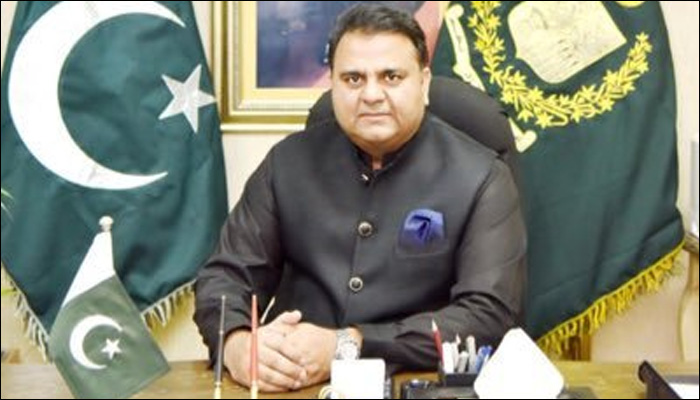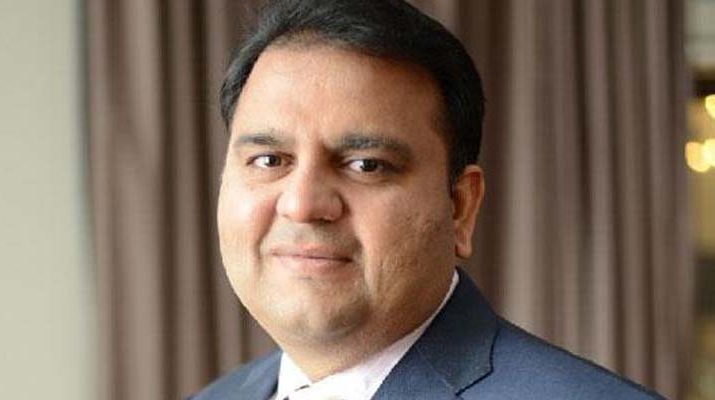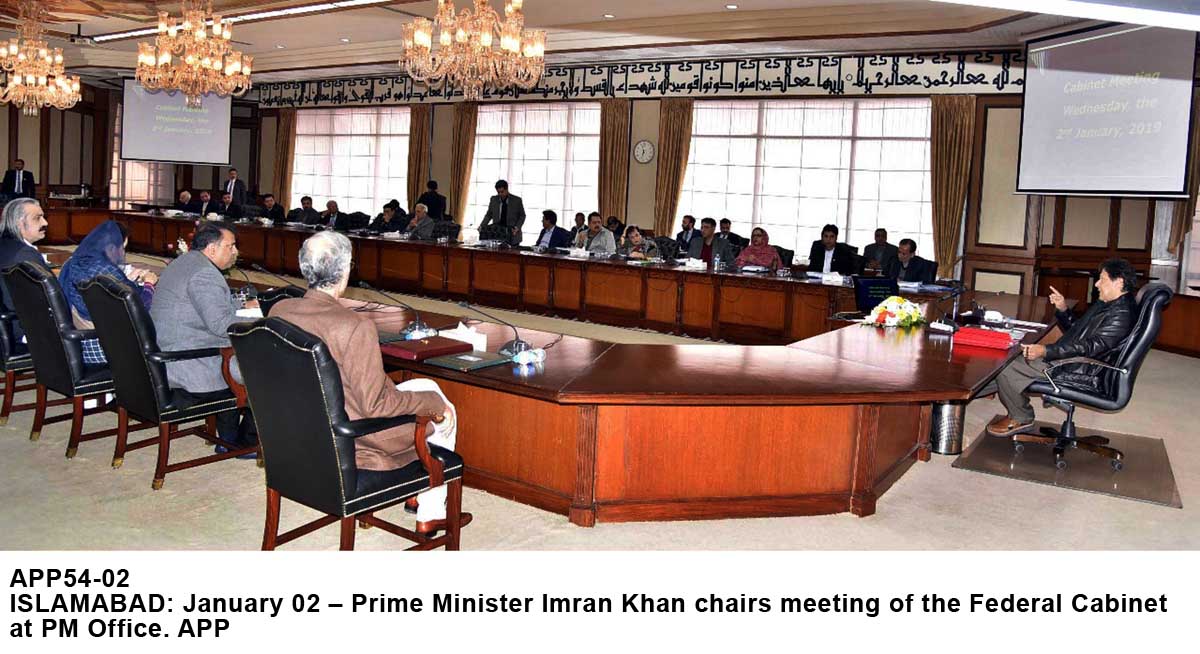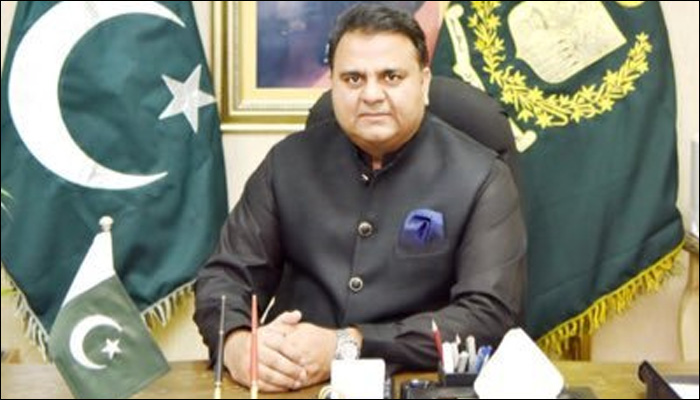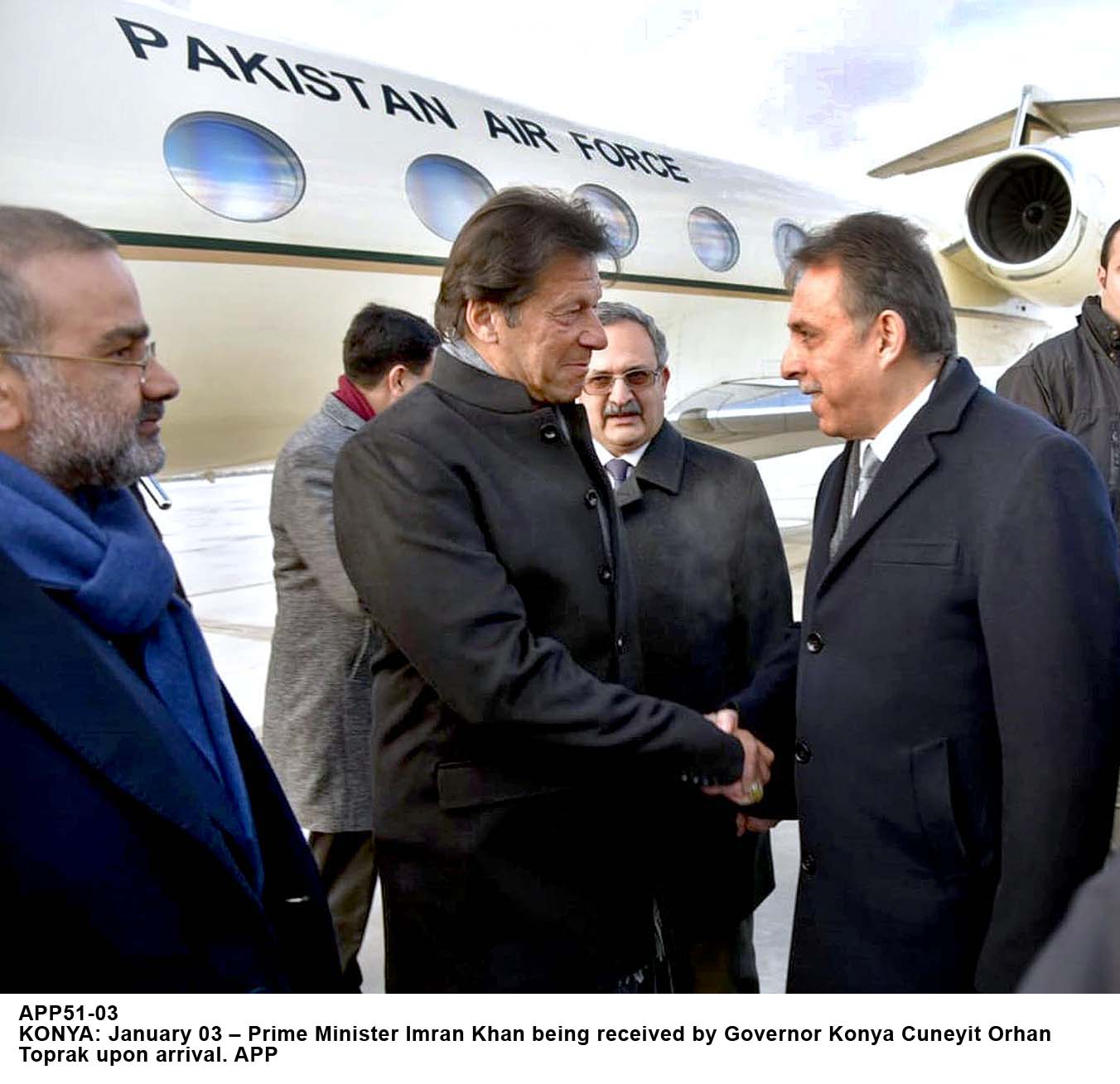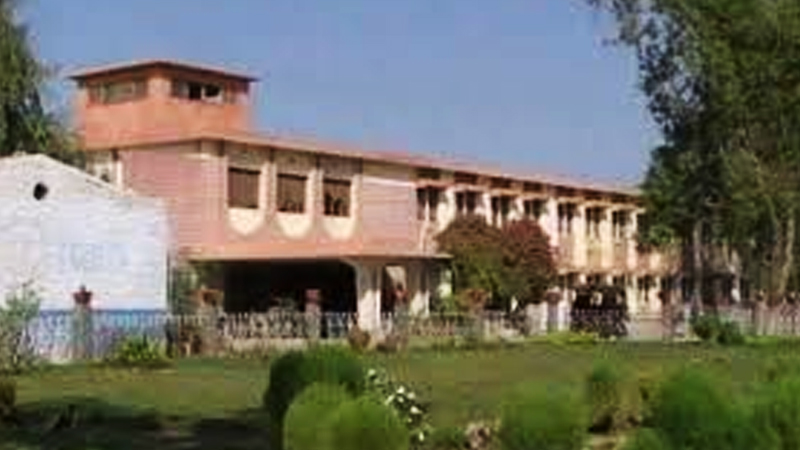
This was disclosed by Dr Syed Ershad Hussain Kazmi, Medical Superintendent (MS), while talking to this scribe. He said that 48 samples have been received at the very beginning, and are being analysed.
He said health workers are busy in testing the samples results of which will be submitted to the concerned quarters. It must be mentioned here that two previous such labs are already working in government-run hospitals in Hyderabad, Karachi and Larkana is the third city where such facility has been provided by the provincial government.
Dr Kazmi said state of the art machinery has been provided and health workers have been trained in the field by the relevant experts. He said Real Time Reverse Transcription-Polymerase Chain Reaction (real time RT-PCR) is one of the most accurate laboratory methods for detecting, tracking and studying the COVID-19. He said testing will be free of cost. He also wondered how real time RT-PCR would work with the coronavirus.
Dr Kazmi said that a sample is collected from parts of the body where the coronavirus gathers, such as a person’s nose or throat. The sample is treated with several chemical solutions that remove substances, such as proteins and fats, and extracts only the RNA present in the sample. This extracted RNA is a mix of a person’s own genetic material and, if present, the coronavirus’ RNA.
CMCH MS said the RNA is reverse transcribed to DNA using a specific enzyme. Scientists then add additional short fragments of DNA that are complementary to specific parts of the transcribed viral DNA. These fragments attach themselves to target sections of the viral DNA if the virus is present in a sample. Some of the added genetic fragments are for building DNA strands during amplification, while the others are for building the DNA and adding marker labels to the strands, which are then used to detect the virus.
He added that the mixture is then placed in a RT-PCR machine. The machine cycles through temperatures that heat and cool the mixture to trigger specific chemical reactions that create new, identical copies of the target sections of viral DNA. The cycle repeats over and over to continue copying the target sections of viral DNA. Each cycle doubles the previous amount: two copies become four, four copies become eight, and so on. A standard real time RT-PCR setup usually goes through 35 cycles, which means that by the end of the process, around 35 billion new copies of the sections of viral DNA are created from each strand of the virus present in the sample.
As new copies of the viral DNA sections are built, the marker labels attach to the DNA strands and then release a fluorescent dye, which is measured by the machine’s computer and presented in real time on the screen. The computer tracks the amount of fluorescence in the sample after each cycle. When the amount goes over a certain level of fluorescence, this confirms that the virus is present. Scientists also monitor how many cycles it takes to reach this level in order to estimate the severity of the infection: the fewer the cycles, the more severe the viral infection is, Dr Kazmi concluded.
Meanwhile, PPP Chairman Bilawal Bhutto Zardari had earlier said that Larkana has become the third city after Karachi & Hyderabad where the Sindh government has established Polymerase Chain Reaction (PCR) laboratory for coronavirus disease infection tests. He had said that enhancing testing capacity are the efforts in right direction and Sindh government deserves applause for providing testing facilities at three cities of province, where COVID-19 tests would be conducted free of cost for the people. He hoped that government would extend the facilities in other parts including Gambat, Sukkur and other areas to prevent the pandemic spread further.


